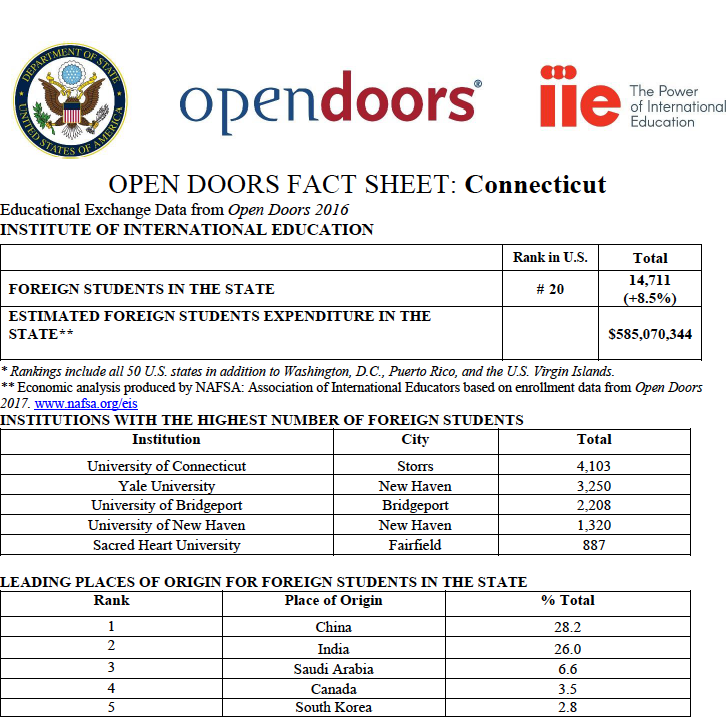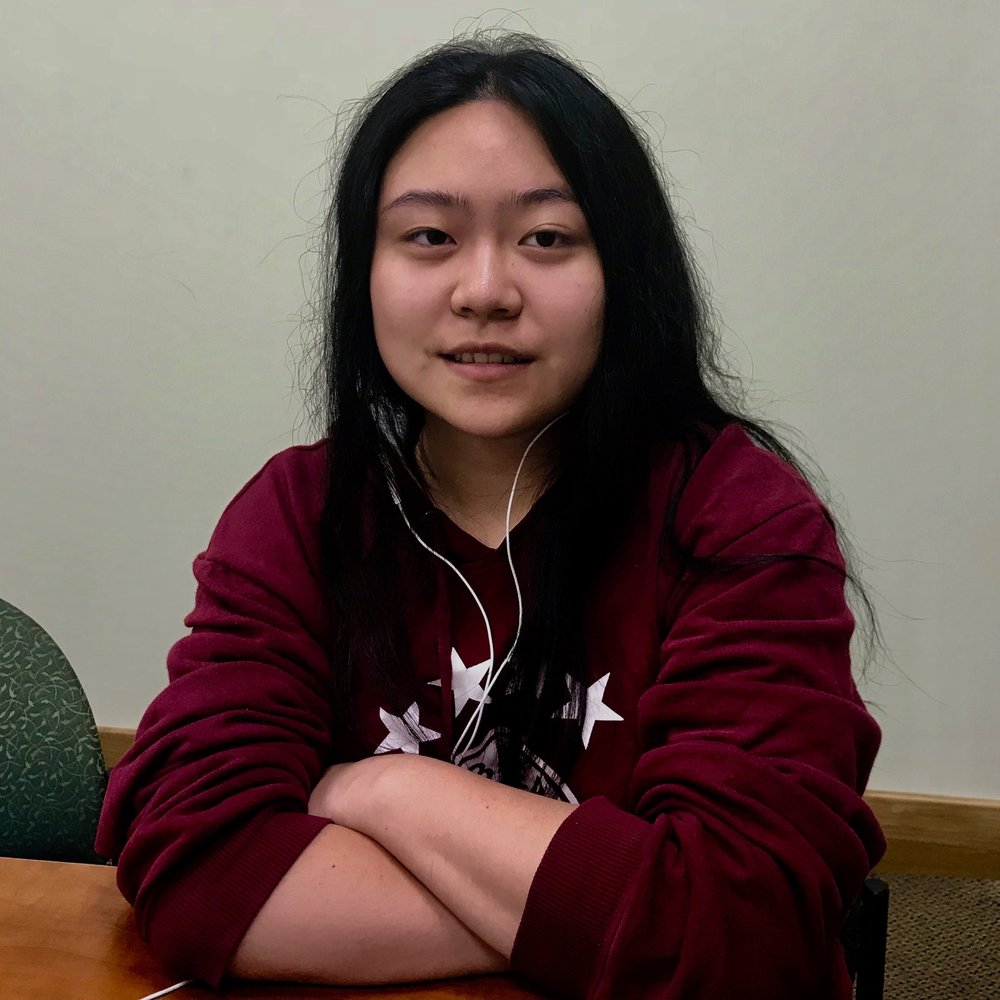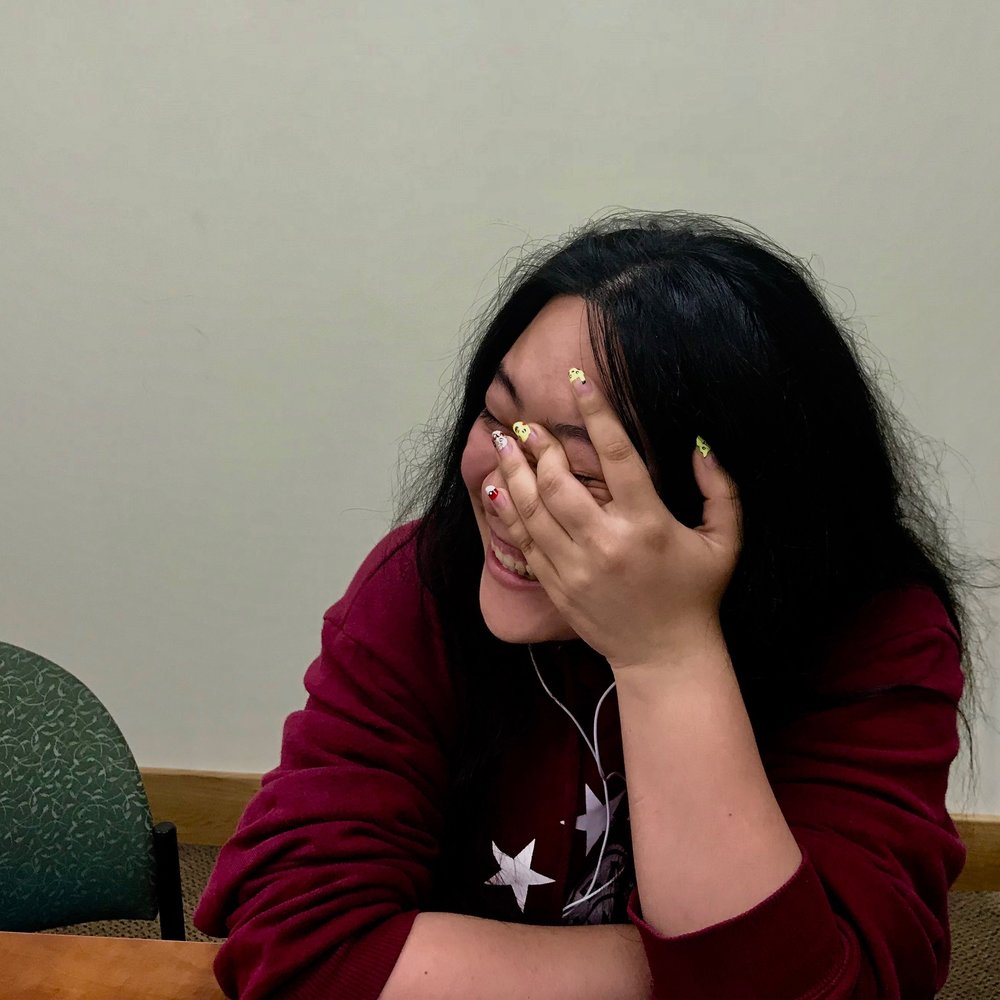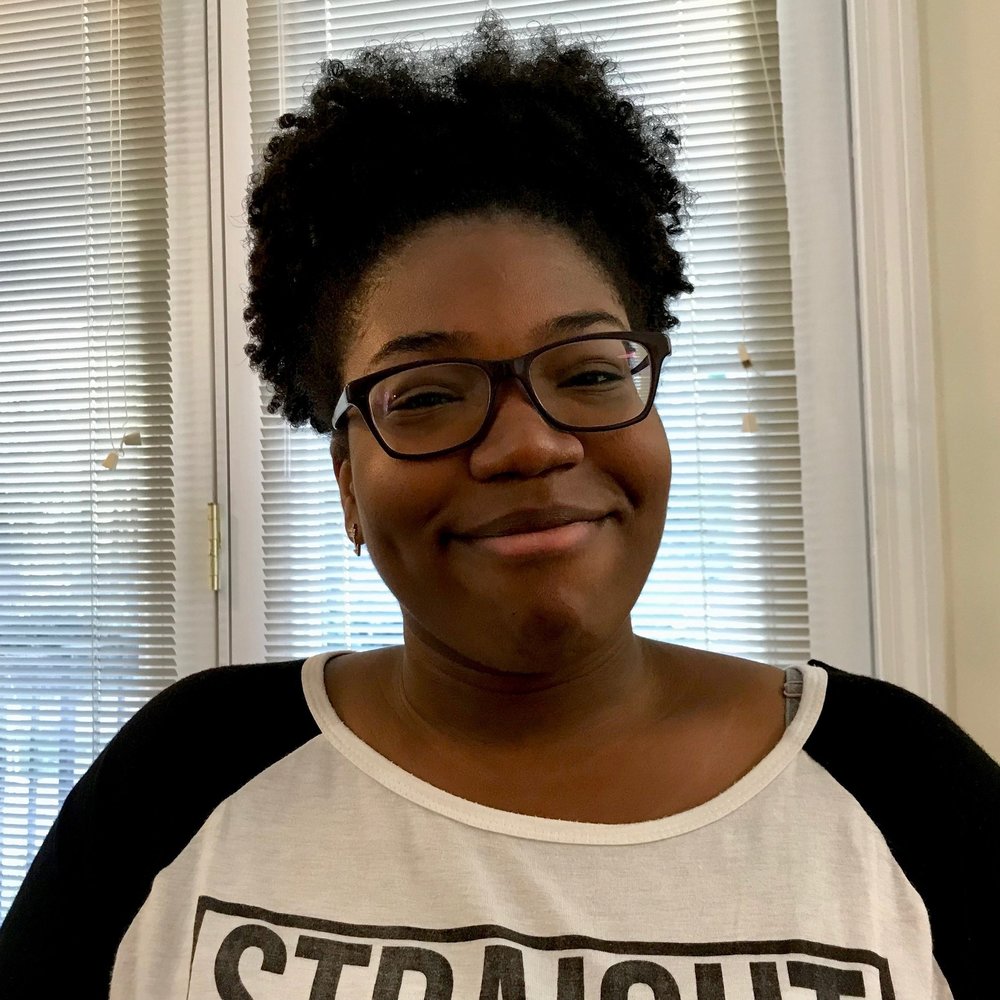By Beverly Wakiaga
Parking and shuttles. These are some of the things that unite Quinnipiac students. Even international students. Yes, even parking. You would think that someone who traveled thousands of miles from home would not be as concerned with where they can park their car as a freshman. Most don’t because they are focused on one thing, the American experience.
America is the end all be all for those who live outside the country. If you can make it here, you have made it in life. Many want to go but very few actually make it here. Due to the political, economic, military and cultural clout America wields over the rest of the world, most of the narrative surrounding the country revolves around the American dream and American heroism. On top of that, American pop culture is more or less world culture. Movies like “Pitch Perfect,” TV shows such as “How I Met Your Mother” and “Friends,” inform the opinion of many people in other countries on what American life is like.
“You know how in shows like ‘Friends’ or ‘How I Met Your Mother,’ they live in an apartment that’s really pretty?” asked Nhung An, a Quinnipiac junior from Vietnam. “I wanted those things, and I liked that people looked different and not the same, like in Vietnam.”
There are 1,043,839 international students enrolled in American schools. Here at Quinnipiac, international students make up 3 percent of the Quinnipiac student body. According to Abbie O’Neil, specialist for student engagement, there are between 200-250 international students at Quinnipiac during any given semester.
There are different types of international students. There are those who are studying abroad for a semester, those who are new to studying in the US, and those who went to high school in America and are now in university. Before they arrived, some of their biggest fears had to do with making friends, finding food they liked, not fitting in, gun laws, being able to communicate and actually getting into the country.
“My biggest fear was a new environment,” explained Jiseok Hyun, a senior from South Korea. Hyun first came to America with his mother in 2008.
“I’m just restarting my life here. I didn’t have anything when my mum and I came here,” he said, “we only came with a backpack… I was just afraid of whatever was going to be in front of me.”
Once they get here, international students face a different reality. There is an even stronger language barrier than what some expected. There is culture shock to food, social cues and everyday things that they never dealt with in their country. On top of that, if they are a person of color, they face the added pressure of racial stereotypes, ignorance and microaggressions that are never really talked about outside of the context of slavery, the Civil Rights Movement and social media. If most American students don’t know the scope of under-representation and discrimination that students of color have historically faced, many international students are even more unaware of the history of America.
On February 2017, the Hechinger Report published, ‘Explaining America’s segregated history to international students and staying the course,’ by Daniel Gifford, a term assistant professor at George Mason University. In the article, he mentions “college students who have been brought up in the American education system at least have a baseline understanding of segregation and the myth of ‘separate but equal’ from which to begin that conversation.”
“I’d have wanted to know a little bit about the social life here and the culture,” explained Warren Webb, a computer information systems major from Jamaica. “I didn’t really take that too much into consideration because I was thinking, ‘I’m just going to school.’”
On top of learning new cultural cues and historical contexts, international students are susceptible to discrimination. In a 2005 study that examined the international student experience of racism and discrimination, Jenny Lee, a professor of educational policy studies and practice at the University of Arizona, established a new term for the discrimination international students face: neo-racism. The term refers to a form of racism that justifies discrimination on the basis of cultural difference or national origin rather than by physical characteristics alone and appeals to “natural” tendencies to preserve group cultural identity.
“Almost everything is racial. Even when it’s not, it kind of is,” said Priceless Wilkie. “I’m used to the first thing people seeing about me is that I’m either female or my first identity being Nigerian. When I came to America, that wasn’t it. As soon as you leave the airport, the first identity suddenly becomes black, and it affects the way people relate to you.”
Wilkie is a senior diagnostic imaging major, she lives both in the UK and Nigeria. According to her, she had probably faced microaggressions and racism before but not as overtly as in America. One incident that stands out in her mind was the summer before her junior year at Quinnipiac when she was taking extra courses. She was living with a girl who said she spoke ‘good English’ for an African when they first met. She would also leave the room or make faces when Wilkie was cooking. At first, Wilkie thought she was simply imagining a bias toward her or a problem but it all came to a head when she made the typical college student meal: pasta and sauce.
Before and after she cooks, Wilkie likes to clean the stove. She distinctly remembers cleaning the stove on that day. Her roommate came back and asked her to clean the stove because there was “red stuff” on it and Wilkie was the only one who ate “red stuff.” The “red stuff” was the result of a mess a different roommate had made. Since they were allegedly clearing the air, the girl mentioned to Wilkie that she did not like the smell of cut-up onions in the pantry. Wilkie tried to explain to her that she had grown up putting onions in the pantry. She responded with, “I know you’re not from here, but around here, in America, we put our onions in the fridge.”
“I remember going to my room and actually having a panic attack because this was the first time that someone had been so visibly racist to me,” Wilkie said.
It is likely that many international students have faced similar problems but simply don’t know where or who to go to after such incidents. Schools offer international student orientation, but it is jam-packed into two days and they touch on everything from visa information to getting accustomed to life on campus. Even Helen Dong, a sophomore from China who went to high school in America, has faced moments of discrimination, but she points out that she would know where to go while other international students may not know or want to go and report and or talk about the incident. The Department of Cultural and Global Engagement tries to let as many students as possible know that they are a resource for them, but there are always some that fall through the cracks. It has various programs and ways of reaching out to international students to let them know they are not alone during times of difficulty.
“We try and reach out when natural disasters happen to students to let them know that if they need something [we’re here],” O’Neill explained, “We catch a few that way – by reaching out at certain times of the year – and we get students that come in that are experiencing one thing or another. But, I try and catch it if the student doesn’t come to us.”
But, is it enough?
International students are on the fence about it. Some feel as though they are doing as much as they can while others feel the department and the school can do more and do better. The complaints against Quinnipiac range from simply not putting enough effort on programs such as Global Living to not doing enough to prepare international students for the outside world. As graduation draws near for students like Wilkie, she feels that the school can provide more information sessions and advice for students who want to work in the US by putting them in touch with companies that are willing to sponsor visas. This issue was one that came up during the recent campus climate survey Quinnpiac students took during the 2016-2017 academic year.
“I know the people in DCGE try to, they really try,” An said. “The rest of the school, though, is not really trying. For me, a lot of my friends have left the school and they were all international students. They come here, but they don’t want to stay so I think [the school] can do something about that.”
Following the results of the racial climate study, Provost Mark Thompson sat down with a portion of international students to find out their thoughts and what they would like from him. Most of their requests were similar to those of domestic students but catered to the needs of international students. For instance, if an international student went to high school here and got a car during their time, they would either have to sell the car or find a parking garage and pay exorbitant fees to keep the car there for their freshman year. Students would also like an option similar to the shuttles that transport students home for Thanksgiving. When an international student is preparing for their arrival and does not have transportation to the school, they are offered a shuttle ride from JFK in New York to Quinnipiac. Some international students would like that as an option for the rest of their time here and not only for when they first arrive here.
“They sell you dreams to come here. They make it seem like it’s this huge community of international students like it’s an established community, and then you get here and as soon as orientation is done…that’s it,” said Wilkie.

Courtesy IIE
Like other minority groups on campus, international students would like to see themselves represented in the faculty and material taught in their classes. International students not only add to the diversity on campus, but also contribute significantly to the economics of the school: In the 2015-2016 academic year, international students contributed $10.9 million to Quinnipiac. This effect is not only evident in the school but also in the state and the nation as a whole. A NAFSA: Association of International Educators study found that in 2015-2016 international students contributed $32.8 billion and 400,000 jobs to the US economy. In Connecticut, there were 13,564 international students and they contributed $518.3 million.
For a number of international students, their concern is not how much they contribute in terms of diversity and economy. It’s about the recent election of President Trump and the changes he will bring to visa requirements for international students.
It’s not easy getting a visa to come to America and even when you do get the visa, there is the fear that you can easily get kicked out or be denied entry. When Nhung An first came to America as a 16-year-old, her biggest fear was whether she would be let into the country. Even for those who are already here and are getting ready to graduate, they must think of whether they will be able to find a company that is willing to sponsor their stay in America once they are out of school.
“[The current political climate] is not really friendly to international students because of the H1B stuff,” explained Xinyu Xu, a senior from China. “I remember when I went to the career fair… the first rejection they gave me is they don’t sponsor for H1B.”
Some issues are far beyond the scope of Quinnipiac and the Department of Cultural and Global Engagement. For instance, the recent visa bans the Trump administration has been trying to put into effect and this past October both the United States and Turkey mutually decided to suspend visa services between the two countries. There is only so much that the school can do and for now, they will be focusing their efforts on dealing with parking, housing for all students and the issues brought up during the campus climate survey.
“They sell you dreams of equality and when you get here…there’s no equality. They sell you dreams that everyone who gets here makes it,” Wilkie said, before laughing and adding, “When you get here you realize not everyone who gets here makes it. They sell you this thing that all figures are equal, that as long as you put in the work, you’re going to get it. That’s not true.”














